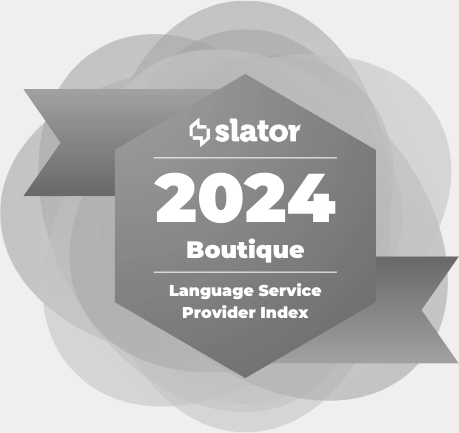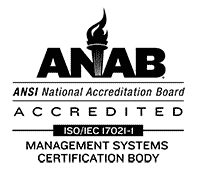Simultaneous Interpretation: Why do I Need 2 Interpreters?
If top quality, accurate interpreting is essential for your business meeting, conference, or lecture, it is imperative to allow interpreters adequate breaks during their assignments for them to perform at the best of their ability.

A minimum of 2 interpreters is required for continuous service of more than a couple of hours. This is often surprising to some clients and they wonder: why are teams of 2 interpreters required? Rest assured, we are not trying to increase your budget with extra staff.
The truth is, simultaneous interpreting demands so much concentration and effort that even the most experienced professional can only hope to be effective for periods of 20 minutes or so. After that time they will need to hand off to a fellow interpreter and rest. Whilst resting they will continue to follow the proceedings and prepare for their next slot. They might also assist their partner with key terminology, names, and crucial information.
Simultaneous interpreting is complex and demanding: it requires listening, understanding, sharp memory, accurate structure, inflection, and syntax, as well as a mastery of key terminology. Additionally, a command of two cultures is necessary to interpret idioms and address the audience in the correct register (most foreign languages have more registers than English has). You can imagine the mental fatigue an interpreter might go through while working, almost anticipating what the speaker will say next. Because simultaneous interpreting happens in real-time, there is no room for mistakes.
Most professional simultaneous interpreters will refuse assignments unless they have an alternate. Poor performance due to fatigue can result in customer complaint and negatively impact their reputation. The UN, business conference organizers, court rooms, and board meeting organizers routinely use a team of interpreters instead of just one when the information needs to be verbatim and not summarized.
If you are on a tight budget and looking for ways to cut costs for simultaneous interpreters, here are some tips:
- If a single session is longer than 45 minutes, schedule a break in the middle, so a single interpreter can have time to rest
- If breaks are not possible, hire two interpreters and schedule sessions with interpreters back-to back, allowing for half-day instead of full-day rates






